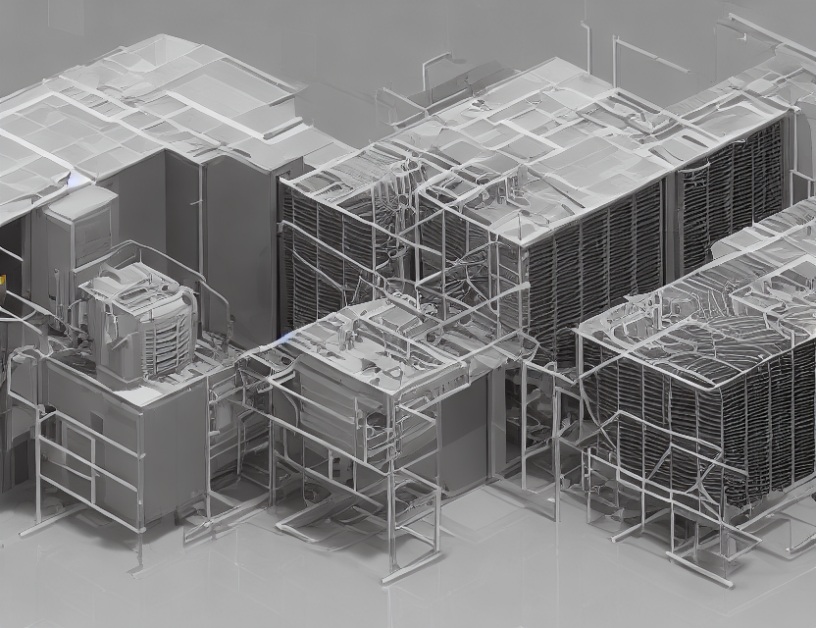Energy-efficient building control is crucial for reducing energy consumption and environmental impact. This paper presents an optimal event triggering policy to regulate temperature and CO2 levels in buildings, ensuring that these parameters remain within set limits while minimizing energy usage. The proposed policy leverages a communication rate parameter to determine when to communicate with the cloud-based controller, enabling the building to adapt to changing environmental conditions.
Communication Rate and Its Impact
The communication rate determines how often the event-triggering unit communicates with the cloud-based controller. As the communication rate decreases, the building relies more on its internal control system, reducing energy consumption. However, this approach can lead to larger deviations in temperature and CO2 levels, as the internal control system may not be able to respond swiftly enough to changing conditions.
The optimal event triggering policy balances these competing factors by adjusting the communication rate based on the current state of the building. This enables the building to adapt to changing environmental conditions while minimizing energy usage.
Sufficient Information for Optimal Decision-Making
In an optimal control problem, the optimal policy may only depend on a subset of available information rather than all available data. The required information for optimal decision-making is referred to as "sufficient information." This paper derives sufficient information for the optimal event-triggering policy, enabling the building to make informed decisions about when to communicate with the controller.
Performance Comparison
The proposed optimal triggering policy is evaluated through simulations using TRNSYS. The results demonstrate that the optimal policy achieves smaller deviations in temperature and CO2 levels compared to a threshold-based policy, while also minimizing energy consumption. Specifically, the optimal policy reduces maximum temperature deviations by 2.5 times and CO2 violations by 1.5 times compared to the threshold-based policy when the communication rate is around 37%.
Conclusion
In conclusion, this paper presents an optimal event triggering policy for energy-aware building control that balances energy efficiency with environmental comfort. By adjusting the communication rate based on the current state of the building, the proposed policy enables the building to adapt to changing environmental conditions while minimizing energy usage. The results demonstrate that the optimal policy achieves smaller deviations in temperature and CO2 levels compared to a threshold-based policy, highlighting its effectiveness in reducing energy consumption while maintaining comfortable indoor conditions.



